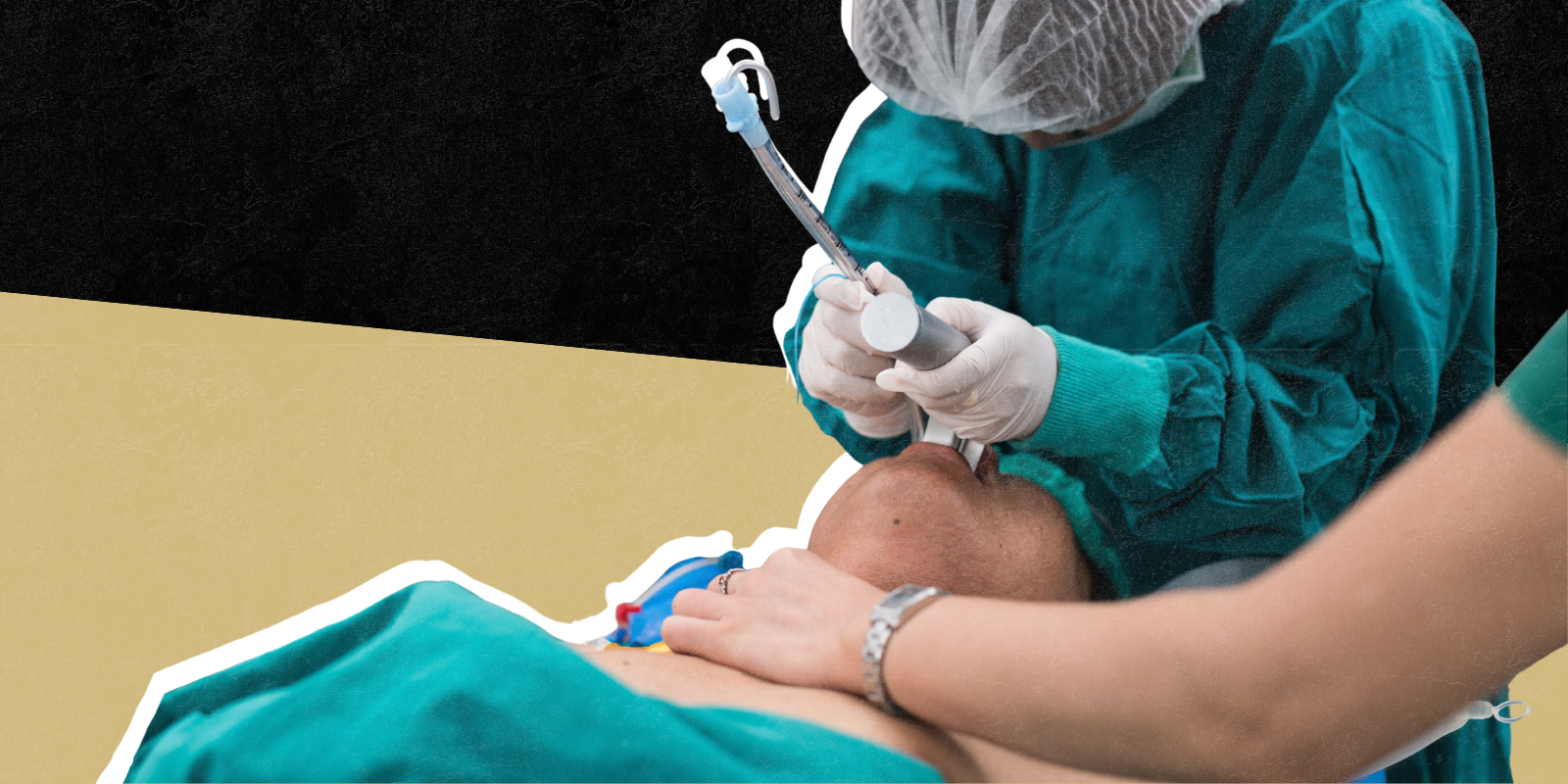A study by researchers at the University of Colorado Anschutz Medical Campus sheds light on the vital role of strong teamwork and face-to-face communication in improving patient care within hospitals.
The study was published today in the Journal of Interprofessional Care.
“In healthcare, the way teams communicate with one another directly impacts the care of our patients,” said Katarzyna Mastalerz, MD, lead author and associate professor of hospital medicine at the University of Colorado School of Medicine at CU Anschutz. “Our research shows that when physicians have regular, in-person conversations with other team members, it builds trust and improves collaboration, which ultimately leads to faster and better care of patients.”
In the study, CU Anschutz researchers collaborated with international colleagues to explore the experience of doctors working in “clinical microsystems,” meaning small closely knit health care teams that work together daily to provide care for patients. The findings suggest that frequent in-person interaction between doctors, nurses and other health care professionals can significantly enhance patients’ outcomes and streamline hospital operations.
The researchers interviewed 51 resident doctors and hospitalists working at a large hospital. They identified three key factors that contribute to the success of clinical microsystems:
1. Workflow Efficiency: Doctors noted that being physically located in the same area as their team members helped them work more efficiently. When everyone is nearby, they said it was easier to share important information and address patient needs quickly.
2. Strong Work Relationships: Frequent face-to-face interactions created a comfortable environment where healthcare professionals could openly discuss issues, leading to better teamwork and problem-solving.
3. Communication Preferences: While technology like pagers and secure messaging applications are increasingly used in healthcare settings, doctors expressed a preference for face-to-face communication. They felt that in person conversations helped them better understand each other, tackle complex issues, and led to more effective use of digital communications later.
The current trend in hospitals and healthcare systems is an increased reliance on secure text messaging for communication.
“Secure text messaging is easy to use and efficient. But the recent rise of secure text messaging in hospitals also means that healthcare team members aren’t interacting and problem-solving face-to-face as often,” said Mastalerz. “This is likely to have a significant impact on teamwork and patient care." The study’s findings highlight the importance of maintaining in-person communication and focusing on teamwork even as hospitals rely more and more on technology for communication.
Mastalerz says the study has implications for hospital leaders, medical educators and healthcare providers looking to improve patient safety and care quality. By fostering environments where healthcare professionals can collaborate closely to communicate more effectively, hospitals can ensure patients receive the best care possible even in an increasingly technology-driven world.


.png)

